The Earliest Civilization of South Asia: Rise, Maturity and Decline
Synopsis
The most ancient civilization of South Asia, variously known as the Harappan, Indus or Indus-Sarasvati Civilization, far excelled its contemporaries in other parts of Asia in a number of ways. Not only did it cover a much greater area than did any other civilization, but it also produced urban centres, duly fortified and characterized by meticulous town-planning, efficient drainage system, etc. The book presents a multidimensional study of this grand civilization. Some scholars have held that this South Asian civilization was an import from the west. When called upon to produce concrete evidence, they fumbled and took shelter under the theory ‘ideas have wings’. The book demonstrates that almost all the characteristic features of this civilization had indigenous origin. The Harappan script still remains undeciphered. The book points out where the various decipherers have gone wrong. It further shows that even no two Dravidianists see eye to eye nor do two Sanskritists. The book brings out an interesting picture of the social stratification of the Harappans. An in-depth analysis of the various kinds of data clinches the issue about the dating of the Mature stage of the civilization: from circa 2600 to 1900 BC. ‘Marauding’ Aryans can no longer be held responsible for the destruction of the Harappan Civilization. Perhaps climatic changes, environmental degradation and a steep fall in trade robbed the civilization of its affluence. Urbanism breathed its last. The surviving Harappan villages must have whispered to one another: ‘C’ties may come and c’ties may go, but we go on for ever.’
Read more
101.70
91.53
$
113.00 $
Free delivery Wolrdwidе in 10-18 days
Ships in 1-2 days from New Delhi
Membership for 1 Year $35.00
Get it now and save 10%
Get it now and save 10%
BECOME A MEMBER

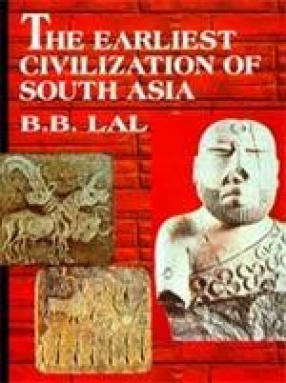

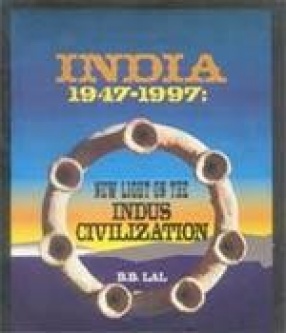
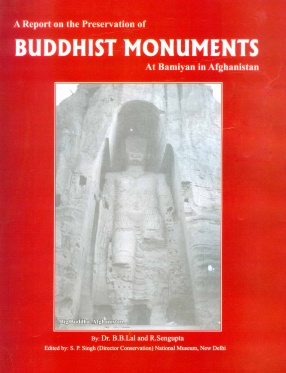
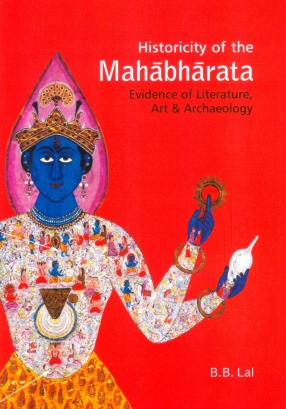
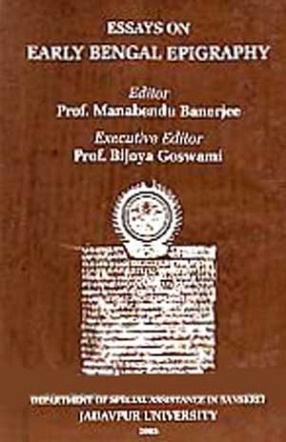
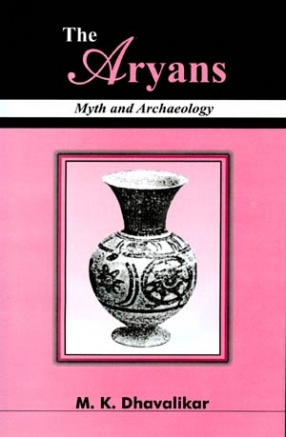
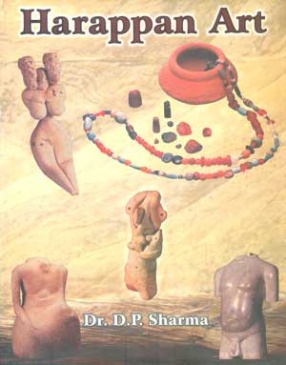


Bibliographic information